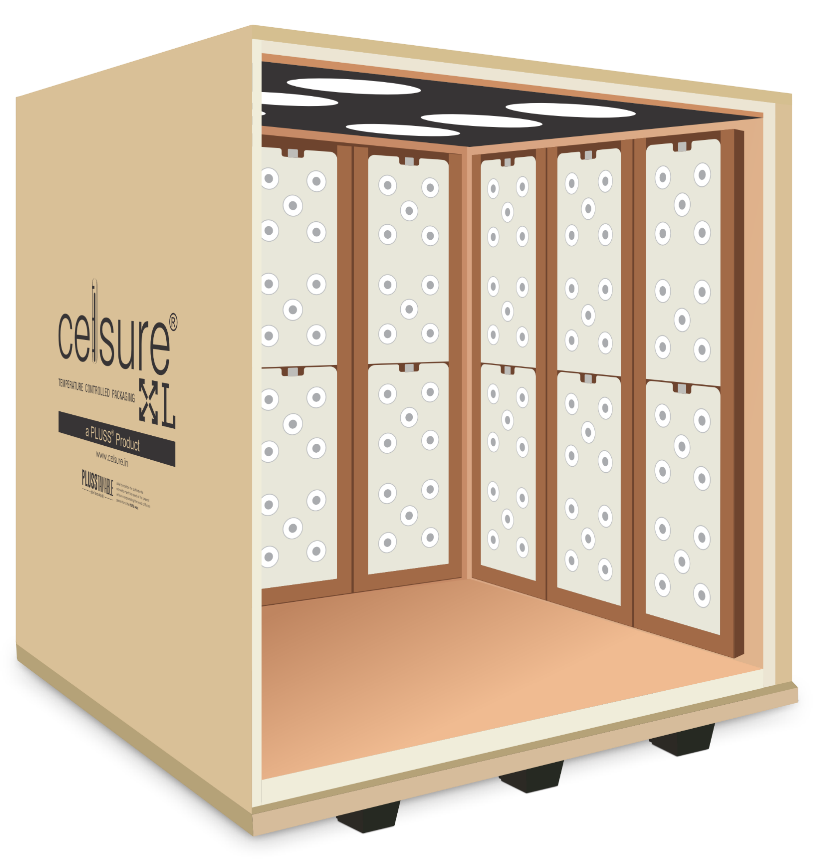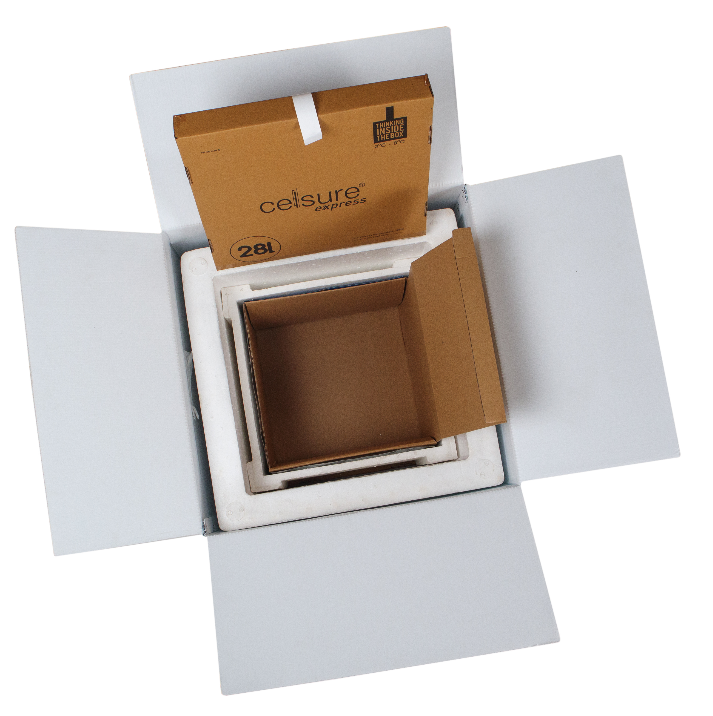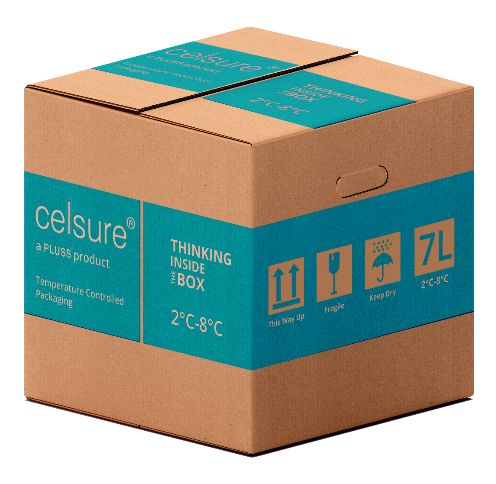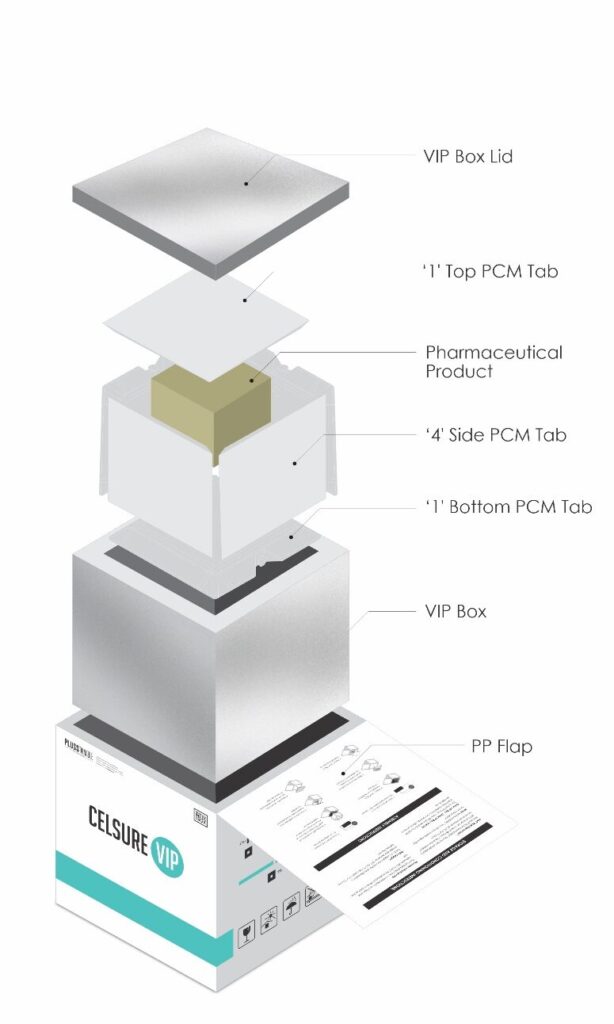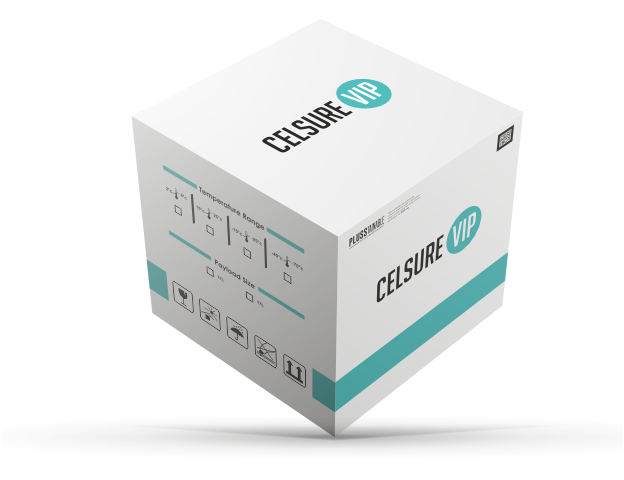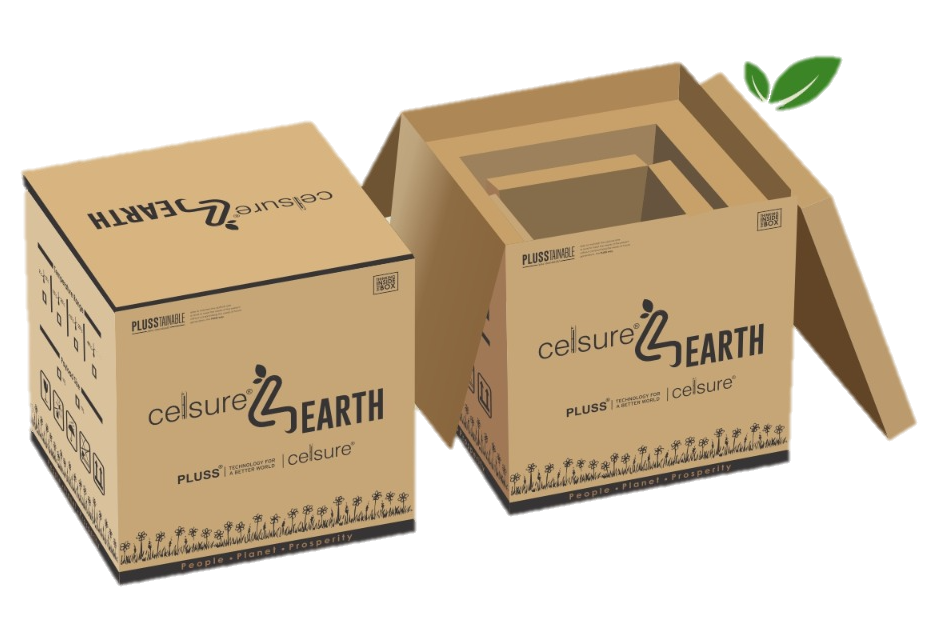Life sciences & Healthcare

Essential
NewBorn Care
More than 650,000 newborns die every year of birth asphyxia, second largest cause of neonatal deaths, and 90% of these deaths are in developing countries with deliveries made in low resource setting.
Therapeutic hypothermia, which is controlled cooling at 33.5° C, is the only clinically proven method to treat asphyxiated babies. PLUSS’ patented and award-winning device, MiraCradle® Neonate Cooler, made cooling simpler, efficient and ten times more affordable than the standard equipments.
Based on advanced Phase Change Material (PCM) technology the device is safe, validated, CE approved, non-electric and reusable, giving healthcare access to those who need it the most.

Life sciences & Healthcare

Essential
NewBorn Care
More than 650,000 newborns die every year of birth asphyxia, second largest cause of neonatal deaths, and 90% of these deaths are in developing countries with deliveries made in low resource setting.
Therapeutic hypothermia, which is controlled cooling at 33.5° C, is the only clinically proven method to treat asphyxiated babies. PLUSS’ patented and award-winning device, MiraCradle® Neonate Cooler, made cooling simpler, efficient and ten times more affordable than the standard equipments.
Based on advanced Phase Change Material (PCM) technology the device is safe, validated, CE approved, non-electric and reusable, giving healthcare access to those who need it the most.
interested in knowing more about our products?
MiraCradle® at Work
- Saving lives of 20,000+ babies in India every year and deterring the onset of debilitating conditions like autism and cerebral palsy.
- Only clinically proven system for treating birth asphyxia by inducing therapeutic hypothermia even in low resource countries
- World’s most affordable system based on patented Phase Change Material (PCM) technology.
- Installed at over hundreds of hospitals in India and worldwide

MiraCradle® - Neonate Cooler
MiraCradle® - Neonate Cooler is an affordable passive cooling device which uses the advanced savE® phase change material (PCM) technology to induce therapeutic hypothermia among newborns suffering from birth asphyxia. It has been developed by Pluss® in collaboration with CMC Vellore. It is easy to use, safe, light weight, portable and gives the precise temperature control of 33-34�C for a period of 72 hours with minimal manual supervision and no requirement of constant electricity supply.
Technology behind MiraCradle® - Neonate Cooler
As stated above, MiraCradle®- Neonate Cooler uses the advanced savE® phase change material technology.
Phase Change Materials (PCMs) are special thermal energy storage materials that store and release heat at a particular temperature. The thermal energy transfer occurs when the material changes phase from solid to liquid or liquid to solid.
MiraCradle®- Neonate Cooler uses the first of its kind - Form Stable PCMs. PCMs have been incorporated in a polymer matrix to ensure that when changing phase from solid to liquid PCMs retain its shape and form avoiding any risk of the PCM leaking from its encapsulation, thus making it completely safe for the user as well as the patient.
To ensure precise temperature control, MiraCradle®- Neonate Cooler uses a cascaded system of PCMs. Cascaded system is a patented technology that employs use of two or more form stabilized PCM mattresses with melt/freeze at different temperatures. By engineering the melting points, thicknesses, conductivities and placement of the involved layers, a �quasi-automated� cooling system is created, which, while being completely passive, behaves like a servo-automated cooling device
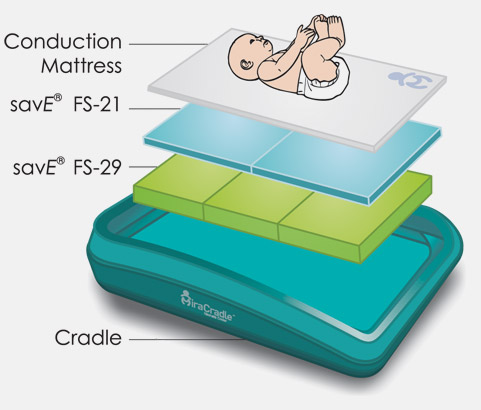
Components of MiraCradle® - Neonate Cooler
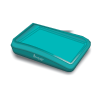
Insulated Cradle
It is a rotomolded plastic structure which serves as a framework for placing all the other components of MiraCradle®- Neonate Cooler and also provides insulation to the PCM helping it last for longer hours
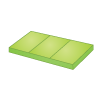
savE®FS-29
This forms the bottom layer of the MiraCradle®-Neonate cooler. Three units of savE®FS-29 PCM are placed at the bottom of Cradle. savE�FS-29 in solid state passively extracts heat from the neonate�s body which is at 37�C thereby inducing and sustaining hypothermia.

savE®FS-21
This is the middle layer of the device.savE®FS-21 is used in conjunction with savE®FS - 29 to quickly bring the temperature of the neonate down to 33�C. It is subsequently removed and savE�FS � 29 takes over to sustain the temperature for longer hours.
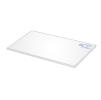
Conduction Mattress
The conduction mattress is a gel bed which provides a smooth surface for the baby to lie on and improves heat transfer between the baby and the PCM
Publications
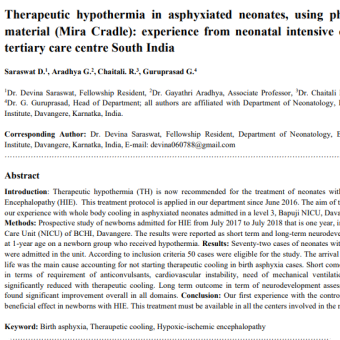
Therapeutic hypothermia in asphyxiated neonates, using phase change material (MiraCradle). 2019. ISSN: 2349-3267. Saraswat et. al.
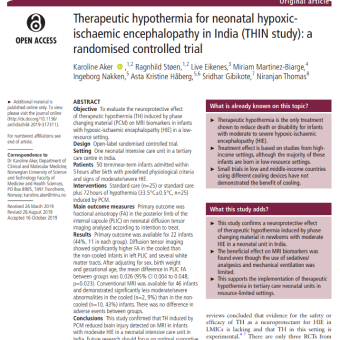
Therapeutic hypothermia for neonatal hypoxic-ischaemic encephalopathy in India (THIN study): a randomised controlled trial. Aker K, Støen R, Eikenes L, et al Archives of Disease in Childhood - Fetal and Neonatal Edition Published Online First: 29 October 2019. doi: 10.1136/archdischild-2019-317311
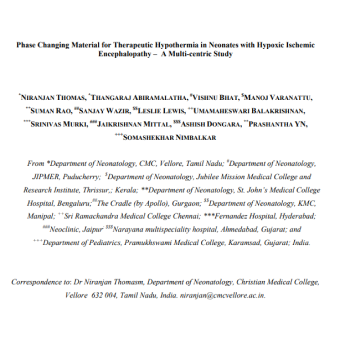
Phase Changing Material for Therapeutic Hypothermia in Neonates with Hypoxic Ischemic Encephalopathy - A Multi-centric Study. Indian Pediatrics. 2017. Thomas et al.
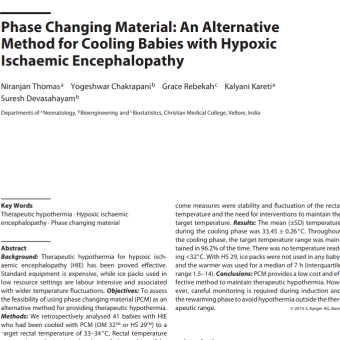
Thomas et al. Phase Changing Material: An alternative method for cooling babies with Hypoxic Ischemic Encephalopathy. Neonatology. 2015;107(4):266-70. Thomas et al.
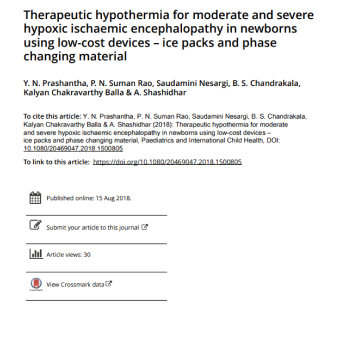
Therapeutic Hypothermia for moderate and severe Hypoxic Ischemic Encephalopathy in newborns using low-cost devices- ice packs and Phase Changing Material. 2018. Paediatrics and International Child Health. Prashantha et al.
Milestones
- 2011
- 2012
- 2013
- 2014
-
August
CMC, Vellore uses organic savE® OM 32 PCM from Pluss® to cool babies.
-
January
savE® OM 32 trials unsuccessful. Baby temperature does not reach 33°C.
February
Pluss® develops inorganic savE® OM 29 PCM to replace OM 32 PCM.
September
Trials are partly successful with savE® OM 29 PCM. Moderate hypothermia is achieved. Side Effect – babies are overcooling intermittently. Still a long way to go!
December
Dr. Niranjan Thomas from CMC, Vellore presents his initial findings on savE® PCM based hypothermia at the National Neonatology Conference 2012 in New Delhi, India.
First meeting with the team of doctors from CMC, Vellore and Pluss® management. takes place at Pluss® HQ in Gurgaon. Pluss® and CMC, Vellore decide to collaborate to develop a low-cost product to cool babies.
-
January
Pluss® partners with Design Directions, Pune to design a low cost, portable, and ergonomic insulated cradle for the device.
Pluss® initiates work on creating Form Stable (FS) version of OM 32 PCM with higher thermal conductivity. first of its kind cascaded system of savE® FS 32 and savE® FS 21 PCM is sent to CMC, Vellore for trials.

April
First EPS foam based handmade prototype of the cradle!
June
Initial setback. savE® FS 32 PCM is not cooling the baby, in spite of extensive R&D to increase thermal conductivity. savE® FS 21 seems to be working correctly. Work started on further improving savE® FS 32 conductivity.

August
We develop new conductivity enhancers for savE® FS 32. Does not work. Baby temperature rises after initial few hours. Focus realigns to find another PCM and suitably maintain temperature.
September
We develop a novel eutectic mixture based PCM – savE® FS 29. Initial trials at CMC, Vellore show positive results!
October
Design Clinic Scheme by MSME, Government of India and National Institute of Design, Ahmedabad approve Pluss® project for Design of Cooling Device for Babies with Birth Asphyxia. First step towards establishing the need for a well-designed project by the Government of India.
We develop a modified XLPE foam based prototype of the cradle in-house at Pluss® for use at CMC, Vellore with the novel savE® FS 29 PCM.
December
The cascaded system with savE® FS 29 and savE® FS 21 PCM and the foam-based cradle works successfully for a full span of treatment of 72 hours!
-
February
We plan Multi-centric trials. JIPMER, Puducherry, SRMC, Chennai, Cradle, Gurgaon and St. Johns, Bangalore come on board.
March
We review design considerations. A universal size determined for cradle’s outer dimensions. Wooden prototypes are prepared and dispatched to all participating hospitals. Suitable conduction bed is developed for comfort and to provide better performance of temperature conduction. Work on the 2nd generation product initiated.

May
Design is finalized. Name and Logo are finalized. We developed for mould for mass production. MiraCradle® is born …miracles do happen!

June
International protection is sought under the Patent Cooperation Treaty. Trademark and design registration are obtained.
July
MiraCradle® is successfully used at the partner hospitals.
August
We commercially launch MiraCradle®. Indian Overseas Bank adopts MiraCradle® under its CSR scheme. We conduct the First Cooling Workshop using MiraCradle® at CMC, Vellore. Doctors from 15 hospitals across 9 states in India are invited. The 15 partner hospitals agree to act as Nodal Centers to disseminate knowledge of therapeutic hypothermia treatment for Birth Asphyxia using MiraCradle® - Neonate Cooler.
December
First National Cooling Workshop using MiraCradle® - Neonate Cooler is conducted jointly by JIPMER, Puducherry and CMC, Vellore at the Neocon 2014 at Patna.
India a one step closer to reduce neonatal mortality. SDG in sight!

Resources
Pluss® with the help of esteemed neonatologists across the country have compiled a set of resources to not only help you use MiraCradle® - Neonate Cooler effectively, but also help you with all the clinical aspects related to therapeutic hypothermia treatment.
esteemed clients
Global Presence

INDIA
Pluss Advanced Technologies Pvt. Ltd.
NETHERLANDS
Pluss Advanced Technologies B.V.
UNITED STATES
RGEES LLC,
THAILAND
Cannonball Technology Co. Ltd
TURKEY
Eforkim Kimya ic ve Dis Tic Ltd. Sti.
ITALY
FERRO-PLAST Srl | Masterbatches & Additive
interested in our product ?














